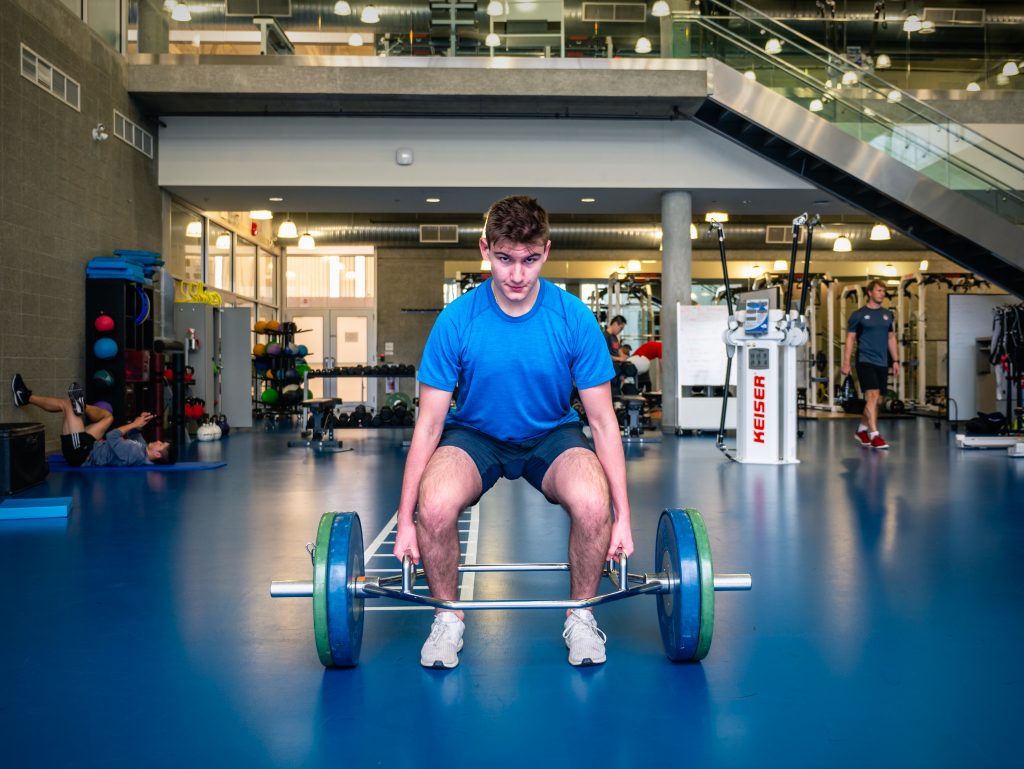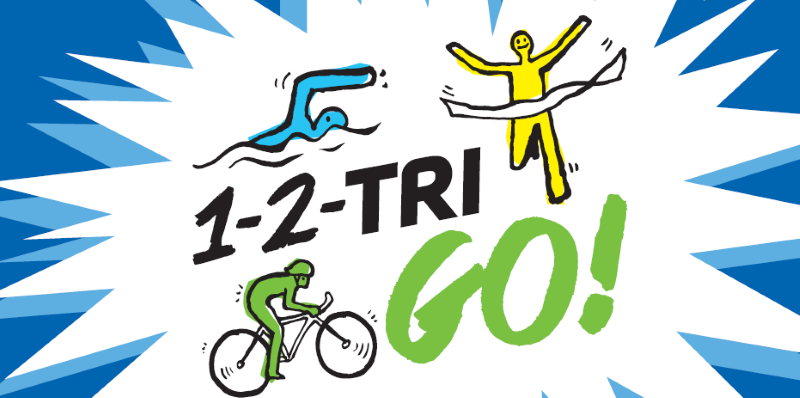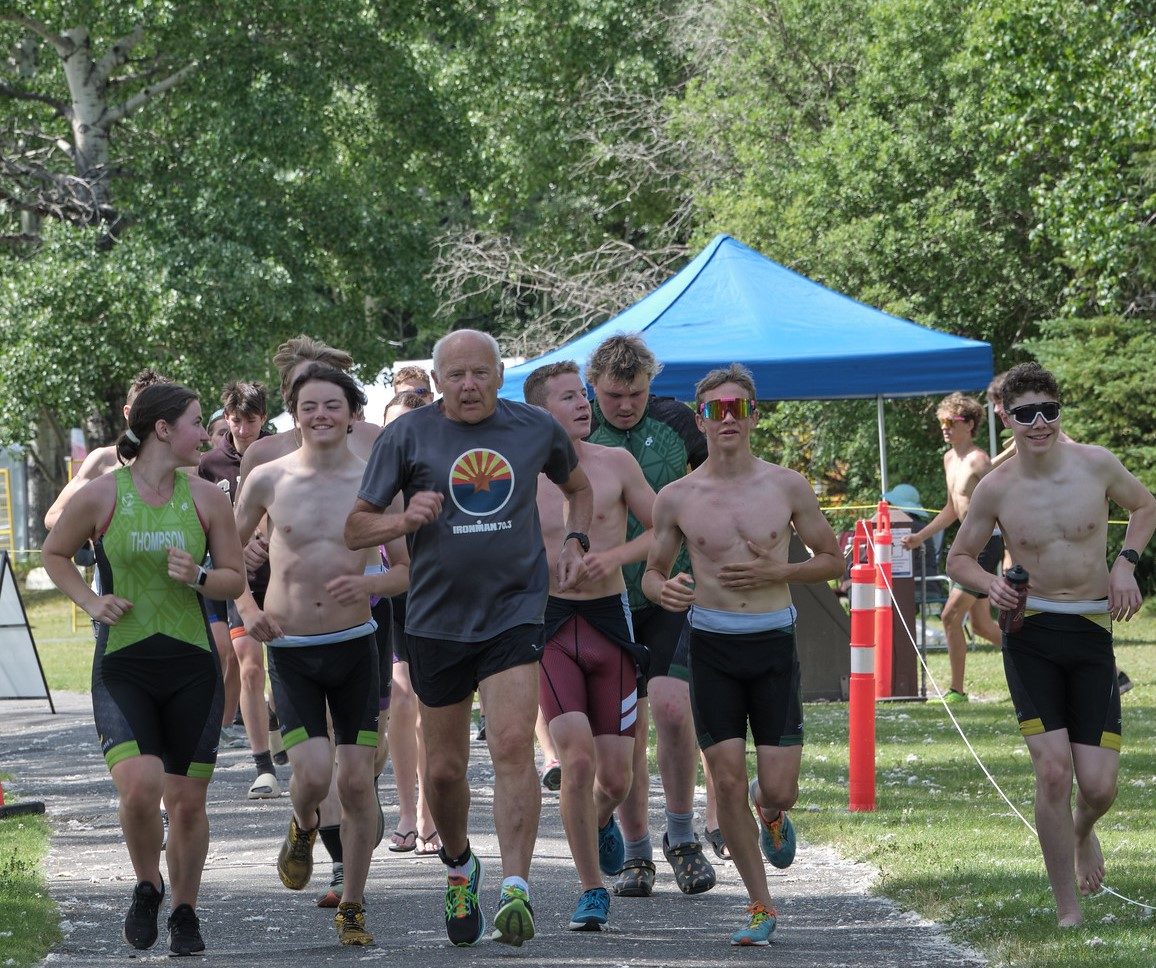| by Declan Norris
As autumn comes in and the leaves start to turn, this time of year signals a return to organised sport for a lot of us. Our summer beach wear is swapped for soccer cleats, hockey sticks and basketball shoes.
For kids, one silver lining accompanies the dreaded return to school: team try-outs! This can mean a chance to try-out for a new team, take up a new sport or a chance to showcase the improvements that have been made in the backyard over the summer. Kids are generally not restricted to just one sport and weekdays turn into a logistical nightmare for parents running their children from one field to another.
For healthcare practitioners, we expect the inevitable increase in youth injuries that tends to present at this time of year. This acute increase in playing/training loads is generally associated with a large increase in presentations of anterior knee pain or ‘Patellofemoral pain’.
Patellofemoral pain has many names — ‘Anterior knee pain’, ‘Runners knee’, ‘Kneecap pain’, ‘Chondromalacia patella’— and is a condition that is characterised by a diffuse pain that’s located behind or around the kneecap. It generally results in pain with simple activities such as walking, going downstairs, squatting, jumping and running. Some people can even get pain when they are sitting.1
Who does it affect?

Patellofemoral pain (PFP) is an extremely common musculoskeletal condition in both children and adults and has been shown to account for 16.5% of all sports medicine clinic visits.2 It has been shown to affect up to 1 in 10 people, while the highest prevalence tends to be seen in people between the ages of 12-19 and is slightly more common in females.3
Considering the different injuries and body parts there are, that’s a lot of sore knees! Whereas before PFP was thought of as something that would eventually resolve over time, newer research is indicating that more than 50% of adolescents report persistent pain two years after their initial diagnosis.4
What causes it?
Although there are multiple risk factors for the development of patellofemoral pain, it is widely believed that excessive or rapid increases in activities that load the knee are a large reason for its development.
Essentially, the load that’s applied to the joint outweighs the tissues capacity to be able to manage or cope with that load and it becomes irritated.
There are also some individual factors that have been shown to contribute to its development:
Biomechanics
Sometimes the way in which we move can put repetitive stress on the kneecap joint. Your kneecap has a groove it likes to travel in that acts like a train track for it to move up and down and sometimes poor biomechanics can lead to it not tracking as well as it should within the groove.5
Muscle strength
People with PFP have consistently shown a reduction in muscle strength. In particular, quadriceps and hip strength have both been shown to be reduced in those with PFP. When pain increases it can make these strength deficits worse as pain tends to inhibit or reduce the ability of your muscles to turn on.5
Other factors
Some other factors have also been linked to PFP development including foot posture (too much roll or pronation) or muscle tightness
What should we do?
There are groups of international experts and researchers that meet regularly to discuss diagnosis, causes and risk factors.6 Most helpfully, they have provided clinical practice guidelines and consensus statements on the best way to manage and treat this condition.5 Here at Fortius, not only do we feel confident in our ability to help you with your knee pain, we know our management is based on the best evidence out there.
If you suspect that you have patellofemoral pain you should seek help as early as possible with a licenced health practitioner who has experience dealing with PFP pain. Not only does this increase your chances of a quick recovery but it is also important to get a definite diagnosis. There are lots of reasons for pain in the knee and it is important to know exactly what it is going on and rule out other sources for the pain.
The diagnosis was confirmed… what should I expect now?
As discussed above, the world’s leading experts have come together to help us make better decisions in managing patellofemoral pain in what we refer to as evidence-based practice. You should expect treatment that is based on those recommendations, such as:
Load management
Acute increases or changes in load tend to be a large contributor to pain onset. Don’t be surprised if your therapist spends a lot of time talking to you about how much training and playing you do as well as discussing ways in which to effectively manage this. This may include suggesting a short period of ‘relative rest’ where you reduce your load in the short term and work hard on your rehabilitation. Then set a plan to gradually build up your load i.e. training and playing time again but in a more manageable fashion.
Exercise therapy
Research indicates that those with PFP have strength deficits in their thigh and hip muscles. At Fortius, your therapist will put together a progressive program tailored to you and aimed at increasing the strength in these muscles to build their capacity for the loads involved in your sport or activity.
Biomechanics
Your therapist will work on your movement patterns, helping you to try and identify ways in which you move and to see if they can be improved so you do not re-aggravate your knee. This will ensure that when you do return to sport, it is successful.
Stretching, taping & orthotics
Depending on the reasons that your knee became sore, stretching, taping or in some instances orthotics can be used to help you recover quicker. They are never the mainstays of treatment but can be helpful strategies for you to speed up your recovery.
Here are Fortius we pride ourselves on having the ability to help people at every stage of this condition. Whether you need to be assessed and treated by a physiotherapist/chiropractor, need massage to help promote and maintain good muscle extensibility, work with a performance rehabilitation coach on a graded return to sport or work with a strength and conditioning coach to continue to build strength and plan for your season to reduce the chances of it coming back again, we have you covered!
Learn more about how Fortius can help you in your recovery on our webpage or book an appointment with one of our practitioners today at 604.292.2500
References
- Crossley, K. M., van Middelkoop, M., Callaghan, M. J., Collins, N. J., Rathleff, M. S., & Barton, C. J. (2016). 2016 Patellofemoral pain consensus statement from the 4th International Patellofemoral Pain Research Retreat, Manchester. Part 2: recommended physical interventions (exercise, taping, bracing, foot orthoses and combined interventions). Br J Sports Med, 50(14), 844-852.
- Taunton, J. E., Ryan, M. B., Clement, D. B., McKenzie, D. C., Lloyd-Smith, D. R., & Zumbo, B. D. (2002). A retrospective case-control analysis of 2002 running injuries. British journal of sports medicine, 36(2), 95-101.
- Neal, B. S., Lack, S. D., Lankhorst, N. E., Raye, A., Morrissey, D., & van Middelkoop, M. (2019). Risk factors for patellofemoral pain: a systematic review and meta-analysis. Br J Sports Med, 53(5), 270-281.
- Rathleff, M. S., Rathleff, C. R., Olesen, J. L., Rasmussen, S., & Roos, E. M. (2016). Is knee pain during adolescence a self-limiting condition? Prognosis of patellofemoral pain and other types of knee pain. The American journal of sports medicine, 44(5), 1165-1171.
- Willy, R. W., Hoglund, L. T., Barton, C. J., Bolgla, L. A., Scalzitti, D. A., Logerstedt, D. S., … & Beattie, P. (2019). Patellofemoral Pain: Clinical Practice Guidelines Linked to the International Classification of Functioning, Disability and Health From the Academy of Orthopaedic Physical Therapy of the American Physical Therapy Association. Journal of Orthopaedic & Sports Physical Therapy, 49(9), CPG1-CPG95.
- Collins, N. J., Barton, C. J., Van Middelkoop, M., Callaghan, M. J., Rathleff, M. S., Vicenzino, B. T., … & de Oliveira Silva, D. (2018). 2018 Consensus statement on exercise therapy and physical interventions (orthoses, taping and manual therapy) to treat patellofemoral pain: recommendations from the 5th International Patellofemoral Pain Research Retreat, Gold Coast, Australia, 2017. Br J Sports Med, 52(18), 1170-1178.




